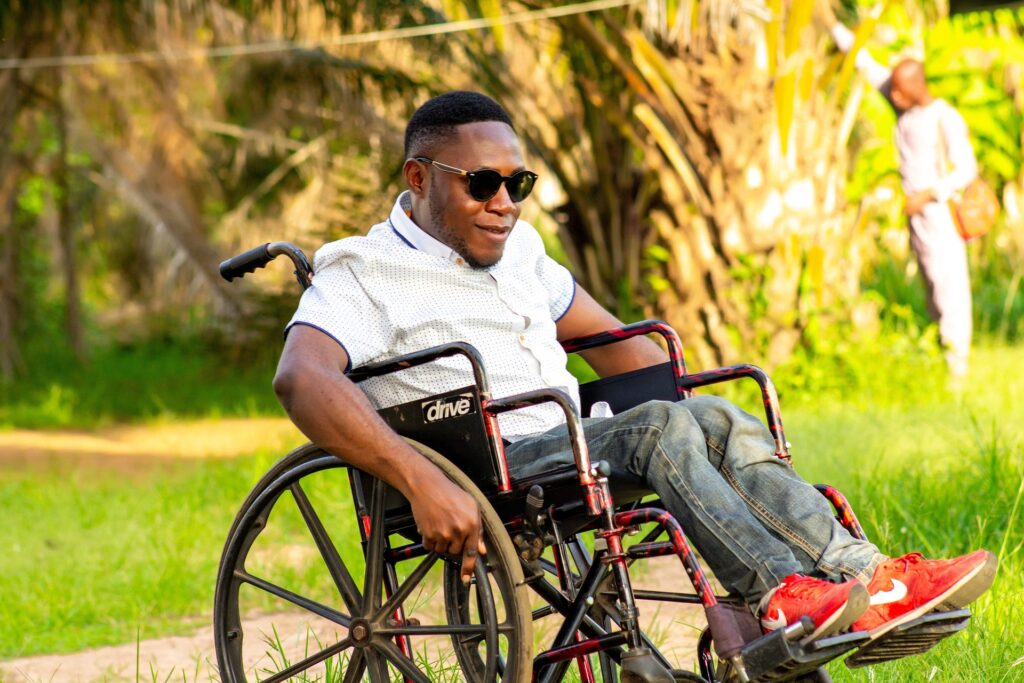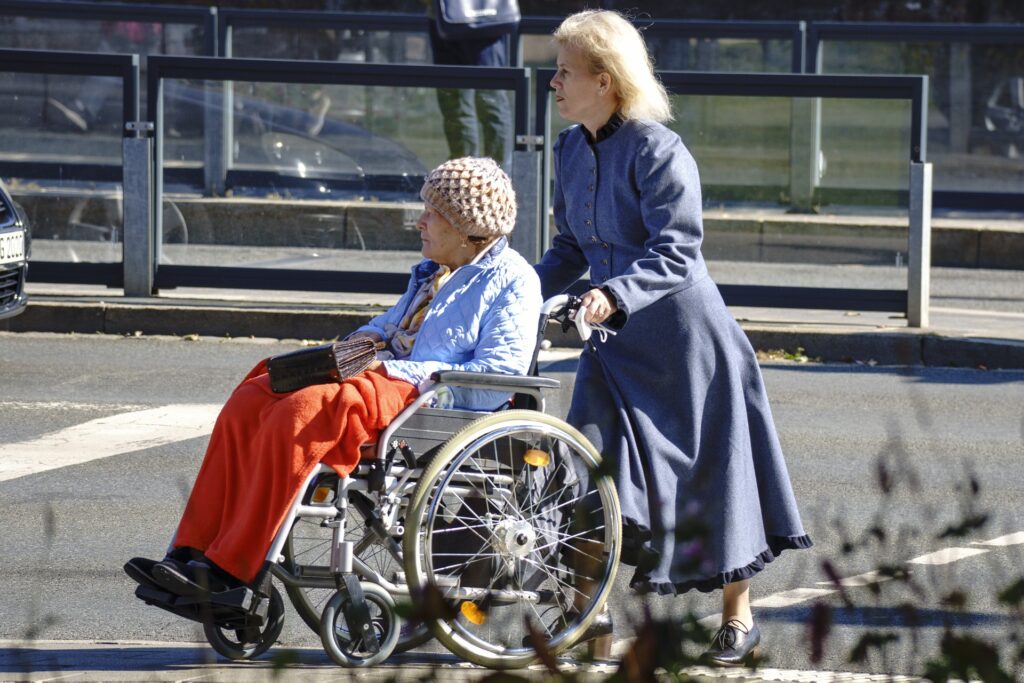
ALS or amyotrophic lateral sclerosis is a rare affliction affecting about 25,000 Americans in varying degrees of severity. Its effects are mostly confined to the spinal cord, although it has been reported that patients can exhibit symptoms at any time of the day or night. It is an atypical disease and most people with it are lucky to live to be a hundred.
Is there a cure for the disease?
There are no known cures for the disease, though, and the best prognosis is that they may be confined to a wheelchair for life. The most common onset of symptoms is at age fifty or so. The ensuing years are spent trying to maintain as much independence as possible.
ALS is a disease that affects the nerve cells that control voluntary muscle movement. These nerve cells die as the disease progresses. The disease also weakens muscles. In addition, the patient may develop a breathing problem, which may require a breathing device.
The initial symptoms of ALS include twitching and muscle weakness. These symptoms can make it difficult for the patient to perform daily tasks, such as eating, talking, and walking. They can also affect the patient’s energy levels and mood.
What is ALS?
The ALS symptoms can progress to paralysis and death. The symptoms of ALS affect the muscles of the legs and arms, as well as the respiratory muscles. They can also affect the muscles of the throat and mouth.
ALS affects the upper and lower motor neurons, which send messages from the brain to the spinal cord. The disease causes the lower motor neurons to die, causing the muscles to weaken. The nerve cells that control the upper motor neurons are also affected.
ALS can also affect the speech, swallowing, and decision-making abilities of a patient. The patient may be unable to write or speak, and may need a feeding tube. The patient may also develop irresistible crying.
ALS is a progressive disease, and a patient’s survival rate can be affected by the amount of time it takes to diagnose the condition. About one in four patients survives for five to ten years after the initial diagnosis.
Some people with ALS need a breathing device at night, while others may need a tracheostomy. A tracheostomy is a surgical hole made in the front of the neck leading to the trachea. A breathing device is then connected to the tube. This procedure can be a life-saving treatment for some patients.
What causes ALS?
ALS (Amyotrophic Lateral Sclerosis) is a neurodegenerative disease that affects motor nerve cells in the brain and spinal cord. People with ALS experience progressive muscle weakness and paralysis. They also have trouble breathing, swallowing and speaking.
ALS can affect people of all ages and ethnicities. It occurs most often in people in their 40s and 50s, and is thought to be caused by a combination of environmental factors and genetics. However, there are several different types of ALS, each with its own unique symptoms and diagnosis.

With ALS, there are two types of nerve cells that are affected: lower motor neurons and upper motor neurons. In ALS, upper motor neurons send messages to the lower motor neurons, which cause muscle stiffening and weakness.
In late-stage ALS, most of the voluntary muscles become paralyzed. People with ALS also have trouble breathing, causing them to use mechanical ventilation to breathe. This treatment can help prolong survival for many people with ALS. A breathing tube is inserted into the windpipe through a hole in the front of the neck. Some people with ALS also need a tracheostomy.
ALS is caused by a protein that causes damage to nerve cells. These proteins accumulate and form clumps that can seriously affect nerve cells. There are several types of medicines available that can treat ALS symptoms, including pain, constipation, excess saliva, sleep disturbances and breathing problems.
Some researchers believe that the immune system is overactive and attacks healthy cells in the body. However, others suggest that chemical imbalances or exposure to toxic substances may trigger ALS.
Early signs of ALS in females
ALS, or amyotrophic lateral sclerosis, is a neuromuscular disorder that occurs when certain types of nerve cells die. This explains the loss of strength in people’s limbs, and the difficulty they have performing everyday tasks. These symptoms affect people of all ages, ethnicities, and walks of life.
ALS typically affects the muscles in the arms, legs, neck, and diaphragm. This is why people with ALS have a harder time eating, running, speaking, and swallowing. They may also need to use a breathing device at night.
ALS is a disease that has no known cure. However, there are medications available to ease pain, stiffness, and depression. ALS is also known as motor neuron disease, and is caused by a genetic mutation. People with ALS are at risk of developing other neuromuscular diseases, including frontotemporal dementia. These people may also need a tracheostomy, which is a surgical hole at the front of the neck that leads to the trachea.
In addition to genetics, the onset of ALS is associated with the age of women at first pregnancy. In a study of over 1000 female ALS patients, ALS patients who had their first pregnancy before age 35 were more likely to be diagnosed with ALS earlier than their counterparts. This is not true for women who had their first pregnancy after age 35.
Researchers have also examined the age of menopause as a possible risk factor for ALS. In a study of ALS patients, women who completed menopause before age 50 had a higher rate of ALS diagnosis than those who entered menopause later. However, this association was only slightly raised after adjustments were made.
If you liked the article, please donate!
